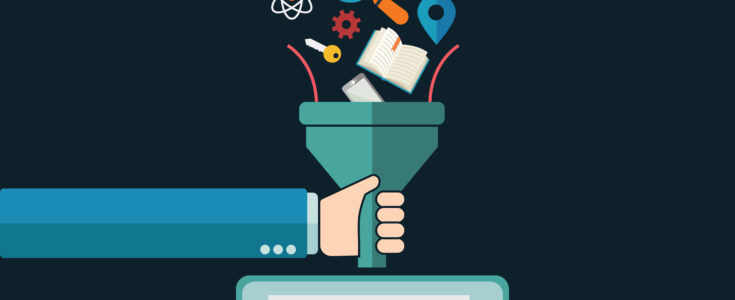
We Need to Talk About Data…

When we discuss apps or other digital initiatives, it’s usually in the context of improving their build and the customer outcomes from them. We tend to treat each app as a single structure in isolation. In reality, each app is a gateway to other software systems, all of which must interact seamlessly together to provide the desired customer experience. And what runs through all these complex, interlocking systems?
Data, that’s what.
It’s little wonder that “data is the new oil” when analytics, machine learning, IoT and VR all rely on quality data, delivered seamlessly. To help you get the most value from this priceless resource, we look at some best practice methods for extracting the best data possible from your digital initiatives.
First, business case…
Although the rule applies equally to mobile and other digital initiatives, with IoT in particular, establishing a rock-solid business case is the first step on the road to success. Designing for the IoT can be distracting. Enterprises get caught up focusing on the “things” rather than what they really want to achieve. First they should focus on:
What data insights will I need to assure success?
How will I extract the data?
How will I measure success?
…Then, product design
The answers to these questions should drive the digital project. The business case needs to evaluate the entire platform – the hardware, software and communications technologies that will connect together to deliver right experience. Out of this process will emerge the set of requirements for your product (or app). It may have a different look or feel from the one you originally conceived in your head, but it should better serve the needs of the customer or business in the end.
Next: check, double check and triple check
A different kind of testing starts to become necessary when projects move into the realm of connected “things”. We call this “ground truth validation” and it’s about testing whether the new solution will perform as intended in its true environment. It involves the rigorous and reproducible testing under real life conditions of the whole IoT solution, use case, components, software and all. Sometimes the only way to be really sure those algorithms are right is to mimic the stresses and strains the sensors would experience in real life. That can involve hitting balls, recreating a model of the human body or any number of other actions, like submerging, shaking or throwing the sensors. Apart from being quite fun, ground truth validation is necessary to ensure the product behaves exactly as intended. After all, the time to discover bugs is not just after you’ve launched. For more on ground truth validation, check out our recent blog on the topic.
Finally… a word on legacy systems
A company starting up now, building systems of record and engagement from scratch, can factor in digital flexibility into its growth plans. That is not so easy for established enterprises whose legacy systems may not be practical or practicable to change. Enterprise-wide digital transformation is a complex, wide-ranging strategic initiative involving many different departments and levels of personnel. It may be beyond the purview of the app development and design teams to singlehandedly influence. If your mainframe applications are crying out for the DevOps touch, then don’t despair. The same DevOps principles that enable mobile, cloud and IoT application to be delivered faster, can work with legacy systems too. There’s an informative piece from Computer Weekly on just this topic.
In short, delivering digital initiatives that extract business value from data is not simple, because of the complex, interlocking systems behind each and every app. Keeping laser focus on data quality will help hugely, but so will other approaches that take a more comprehensive look at the overall Dev and Ops functions as a whole. If there are aspects of a use case that you want to double check before going ahead with the project, why not get in touch for an in-depth examination?







